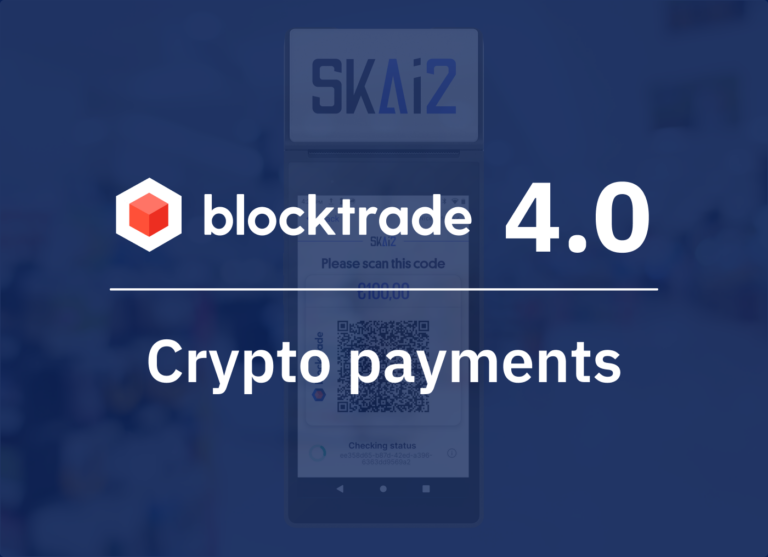The world is unsafe and volatile. Unfortunately. Every now and then, times of economic crisis and turmoil hit. In such phases, it is essential that your crypto-assets are safe and protected.
Safe and protected from being accessed my malicious actors and/or entities who might want to freeze or even steal your assets. So how can you protect your crypto-assets reliably and for the worst of times?
Our article will detail the best option and show you exactly how to go about securing your assets.
Protecting your Crypto-Assets: The Basics
First things first. Saving and protecting your crypto-assets simply means that they are safe from theft and unauthorized access by malicious actors. Only you should be able to manage and access them. Malicious actors include an army of crypto-hackers on the internet, but also other actors like state-sponsored actors.
As discussed in our guide on crypto-wallets, securing access to your crypto-wallets rests around making sure that only you have access to the private key and backup seed phrase to your wallet. If these two pieces of information are in the hand of somebody else, they can potentially compromise and steal the funds from your crypto-wallet.
Hence, for long-term secure storage, you will have to go with a non-custodial wallet (as opposed to a custodial wallet where the custodian manages your private key and/or backup seed phrase).
Best way to save your assets: Hardware Wallets
The best option to securing your crypto-assets long-term is to use a hardware wallet. A hardware wallet is an external device, looking similar to a USB stick, where your crypto-assets can be stored offline. As your hardware wallet is not connected to the internet (“hot storage”), it is also referred to as “cold storage”.
Hence, there is no way for hackers to directly access the crypto-assets on your hardware wallet. After acquiring a hardware wallet, you must connect it to your desktop computer and transfer funds from your other crypto wallet onto the hardware wallet. If you want to retrieve and send or use these funds, you will, once again, have to connect your hardware wallet to the desktop and send or spend it from there.
What is a hardware wallet? How does it work?
A hardware wallet is an external device on which crypto-assets are stored. It can be connected to a desktop computer via USB. The hardware wallet’s sole purpose is to store the supported crypto-assets. Care must be given when selecting such a wallet, as it may not support all types of tokens in a user’s crypto-portfolio.
When connecting a hardware wallet to the desktop PC for the first time, a user will be able to generate his private key, backup seed phrase and set up an additional password required to access his funds on the device. He can then use the included software to transfer crypto-assets from another crypto wallet onto his hardware wallet.
If he wants to retrieve the crypto assets from the hardware wallet, he will have to reconnect the wallet to the desktop PC, enter his password and is then able to access and transfer the funds as desired. Some users treat hardware wallets like gold bars or jewellery, convinced long-term holders may store their hardware wallet in a bank safe.
Users should consider the risks of hardware wallets: These could either be stolen, become defect or potentially damaged or ruined in events like a flooding or fire. In this case, the crypto-assets will be irretrievable, gone forever.
3 examples for hardware wallets
There are currently two big and popular manufacturers of hardware wallets: Trezor and Ledger. While they offer different models, the most popular models will be discussed below.
Please note: If you acquire a hardware wallet, please make sure to ONLY BUY IT FROM the manufacturer’s original website. Never buy a used hardware wallet or through third-party vendors as wallets might be compromised, which could in the worst case result in theft of all of your funds!
Ledger Nano S
This popular hardware wallet, weighing only 16,2 grams, was first issued in early 2018. It supports leading crypto-currencies like Bitcoin, Ethereum, XRP, Binance Coin, Stellar and more. More importantly, it supports ERC20 tokens, an Ethereum token standard used by many leading altcoins. It sells for a price around 60 EUR. Management of most tokens through Ledger Live wallet app.
Ledger Nano X
The new successor model to the Nano S, Nano X, weighs 34g and is built on a modern, higher-power chip. First launched in early 2019, it supports leading crypto-currencies like Bitcoin, Ethereum, XRP, Binance Coin, Stellar and, more importantly, all ERC20 tokens. Further supported token standards include ERC721, TRC10, TRC20, BEP2, NEP5, SOL. Management of most tokens through Ledger Live wallet app.
Trezor Model T
Czechia-based manufacturer Trezor’s newest model, the Model T is a lightweight and sleek hardware wallet first launched in 2020. It supports all leading cryptocurrencies and token standards like ERC20, ERC721, BEP2, TRC10, TRC20 – overall more than 1.800 crypto assets and altcoins. Most currencies can be supported and stored via the connected Trezor Suite wallet.







